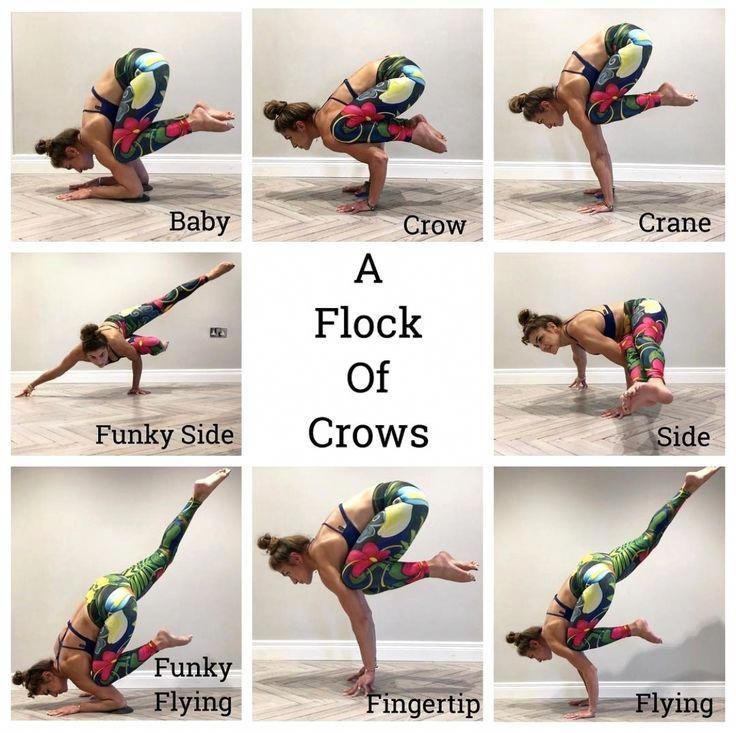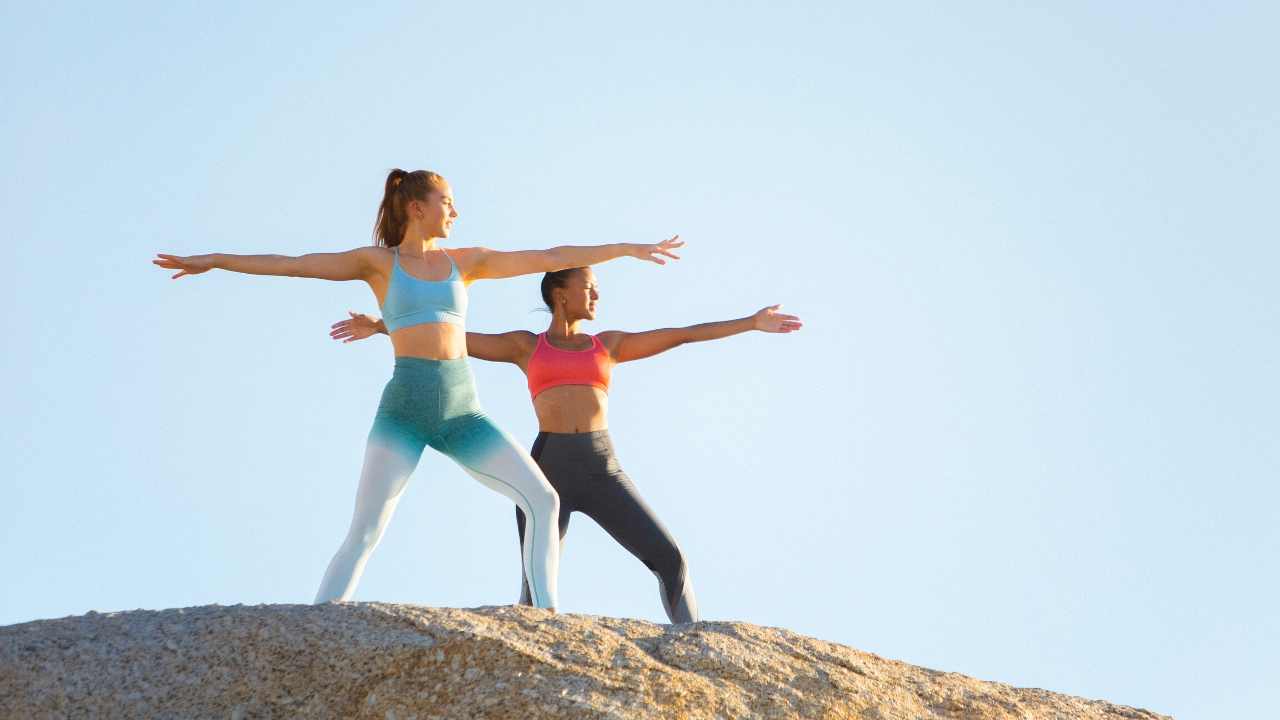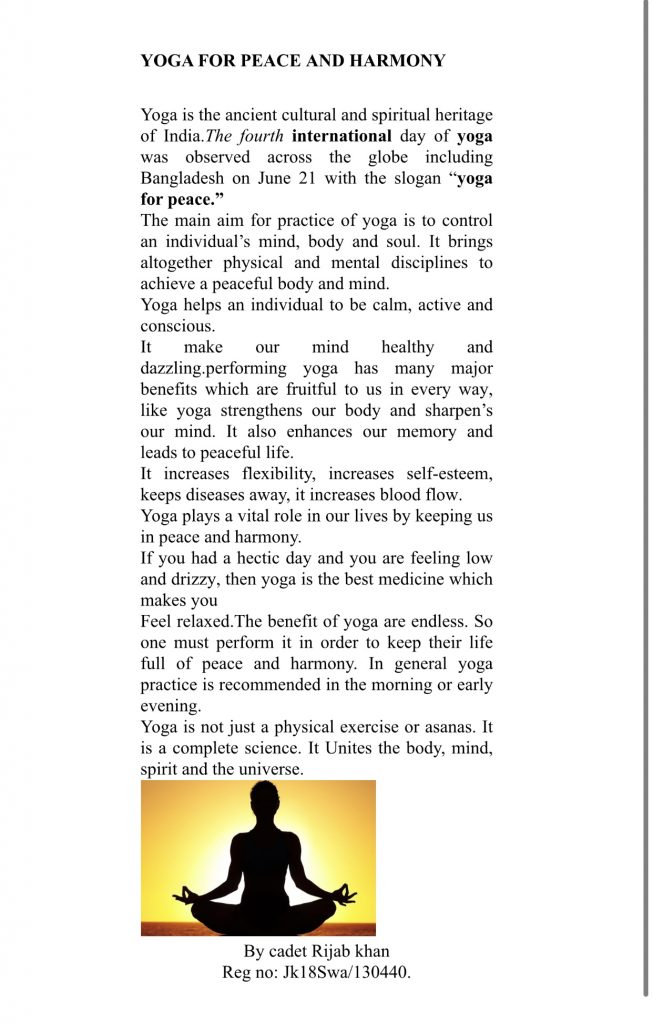
You probably don't want to continue yoga if your knee pain has caused you discomfort. But how do you know if you're prone to the condition? Here are some modifications and poses that you can do to prevent or ease knee pain. Continue reading to learn more. These are the top causes of knee pain, along with some helpful tips for how to get rid of them. Bad alignment can cause yoga knee pain.
Pose
Statisticians predict that 78 million people will be affected by arthritis by 2040. This means that approximately two thirds of adults will be affected by this condition. However, we can reduce this number by taking care ourselves. The seated forward bend is a good pose to help with knee pain. This pose focuses on strengthening the lower back, the support of the inner thighs and the hamstrings. This pose can be used regularly to prevent or even relieve pain in the knees.
This pose strengthens the quadriceps hamstrings and hamstrings. This pose improves fluidity by increasing blood flow to your lower body. It's best to practice this pose away from a wall if you have knee pain, but this is not an absolute must for those with joint problems. If you are unsure, practice it against a wall. To help you hold the pose properly, a yoga block can be helpful.

Modifications
Begin by learning how yoga poses can be modified for those suffering from knee pain. A proper body alignment is key to preventing injuries, and reducing abnormal stress to the knee joint. By strengthening the muscles of the legs and hips, yoga poses strengthen the knees and reduce pain. To ensure comfort, the back should be bent slightly. Yoga poses are good for strengthening and stabilizing the knee. Continue reading for more information on how to modify yoga postures.
People with knee pain can modify yoga poses by making them slower and avoiding the most stressful. Instead, perform slower movements. Pillows, rolled blankets and soft exercise blocks can be used instead. Try to move slowly in order to minimize stress on the knees, avoid the twinging sensation, and ensure proper alignment of the body. The chair pose strengthens the muscles of the knees. This requires deep squat.
Causes
If you've ever felt yoga knee pain before, it could be due to tight hips or sensitive knees. Yoga success depends on your ability to listen to your body, adjust your posture as needed, and to be able to adapt to it. If your knees hurt, it is time to seek medical assistance. Here are some yoga positions that can cause painful knees. You can learn how to avoid discomfort and still enjoy yoga. This article will explain the causes of pain in the knees and how to alleviate it.
Hyperextension: A knee that is too mobile can cause injury. Yoga teachers often advise students to hold a slight bend in their knees while standing, so that they don't hyperextend their knees. This creates unhealthy tension on the kneecaps and ligaments, which leads to inflammation and pain. Avoid hyperextension by keeping your knees slightly bent during standing poses.

Treatment
You may have suffered from knee pain. Yoga is an excellent way to strengthen your knee muscles, and improve your flexibility. Always pay attention to your body, and modify poses accordingly. You won't cause unnecessary strain to your knees. In addition, yoga exercises can help you relax and soothe your central nervous system. Yoga is not meant to replace physical therapy. You should consult a qualified physical therapist if you're experiencing pain in your knee or any other part of your body.
Many people experience pain in their knee after performing certain yoga poses. This could be caused due to incorrect tracking. Incorrect alignment can cause the kneecap to dislocate. Yoga knee therapy is an excellent way to correct misalignments. This article will help you get back on track. You can move on to the next stage of your treatment once you've dealt with your knee pain. Yoga will make you more confident, flexible and relax.
FAQ
What are some of the health benefits that yoga has for you?
Yoga is an ancient tradition that originated in India. As a way of improving mental health and fitness, Hindu monks created it over several centuries. Many people turn to yoga for stress relief and relaxation. Some believe that yoga helps build strength and flexibility.
Yoga also improves balance and coordination, which makes it a great exercise for older adults who want to stay active. It can prevent injuries from falling or other causes.
Yoga can be good for your heart, as it strengthens the cardiovascular system. This is beneficial if you are obese, have high cholesterol, or have diabetes.
Yoga can also help with stress, anxiety and depression. For those with arthritis or fibromyalgia, yoga can be especially beneficial.
As you age your muscles lose elasticity. Yoga helps keep your muscles flexible. Yoga can give you more energy and stamina with age.
According to the National Institute on Aging (NIA), regular yoga has been shown by studies to decrease symptoms of depression such as fatigue, hopelessness, and feeling depressed. According to the Institute, yoga can reduce cholesterol and increase bone mass.
Yoga can also relieve headaches, back pain, and other issues. Yoga's gentle pace and slow movements make it a great choice for relieving muscle spasms.
How long does yoga take to work?
Yoga is a slow process, but you will always get a great workout. It takes time for you to gain strength, flexibility, as well as endurance. Slowly increase your intensity until you reach your ideal level.
Consistency will be the key. You will improve your skills if you practice it more often.
Are yoga mats expensive?
A high-quality, high-quality yoga pad costs between $20 and $100, depending upon its size and the type of material.
Is there a way to do yoga at home?
Absolutely! There are many ways to practice yoga at your home. You can practice yoga at home using videos, DVDs or CDs.
YouTube has free videos of yoga that you can download. A good instructor will be able to help you with the movements.
Do I need heat before I do yoga?
No. You don't need to warm up before performing a yoga session.
Stretching your muscles before you exercise can help to loosen stiff muscles.
How long does it usually take to become an expert in yoga?
It depends on which type of yoga you do. Different styles are quicker than others. However, even if it's your first time, you can expect to get better over time.
You will improve your skills the more you practice. And you'll notice improvements after just a few weeks of regular practice.
How long should a class of yoga be?
Yoga sessions are generally between 45 minutes and 1 hour. The type of Yoga you are practicing will impact the length of your yoga session. 45-60 mins would be sufficient for strength-building exercises. An hour or more may be necessary if you want to meditate or relax.
The length of the class will vary depending on the type of yoga you take. Some classes are fast-paced while others focus on slow, deep stretching.
Statistics
- Start your Fall off right with 20% off All Access Membership when you sign up by 9/25! (corepoweryoga.com)
- Gentle yoga has been shown to ease some of the discomforts of tender, swollen joints for people with arthritis, according to a Johns Hopkins review of 11 recent studies. (hopkinsmedicine.org)
- According to the Agency for Healthcare Research and Quality, falls are incredibly common among older adults in nursing facilities. Even the simplest ones can increase the risk of death (24). (healthline.com)
- According to calorie estimates calculated at Harvard Medical School, the average 125-pound person burns about 120 calories in a half hour of hatha yoga, and a 185-pound person burns about 178 calories in that half hour. (everydayhealth.com)
- A 2020 review of 27 studies (1,805 total participants) of yoga interventions in children or adolescents found reductions in anxiety or depression in 70 percent of the studies, with more promising results for anxiety. (nccih.nih.gov)
External Links
How To
Is yoga a great workout?
Yoga isn't for people who just want to lose weight. Yoga can help you improve flexibility, balance and coordination as well as strength, focus, calmness, and coordination.
Yoga isn't just a form of exercise. These poses can help you to relax and calm down. They help us to improve our posture, concentration, and breathing.
The term "yogi" refers to someone who practices yoga. Yogis follow various forms of yoga, including Hatha, Ashtanga, Iyengar, Vinyasa, Bikram, Kundalini, Yin Yang, and Restorative.
Although there are many styles of yoga, they all share the same goals. Each type focuses differently on health and wellbeing. There are many yoga styles, including Hatha, pranayama and meditation.
There are some yoga movements that don't require equipment.
-
Sun Salutation – The series of 12 positions starts with forward bend followed by 10 poses.
-
Warrior pose - This is when you hold a stick or a staff and take a warrior's pose.
-
Triangle Pose – This is a pose where you raise one leg behind your head and bend at the knee.
-
Standing Forward Bend: This pose involves sitting straight up on the ground and folding forward at your waist.
-
Seated Twist: This is a pose that can be done while seated on a mat or in a chair.
-
Cobra Pose – This is a pose where you lie flat on your back and raise your arms above your head.
-
Child's Pose – This is the position where you lie face-up on the ground.
-
Cat/Cow Pose - This pose combines a cat and cow pose. While lying face down, raise your upper body off the ground. Place your hands on your shoulders and roll over to the side.
-
Head tilt - This is a pose where you tilt your head back while keeping your eyes open.
-
Shoulder Stand: This is when you stand straight with your feet up and your arms extended above your head.
-
Tree Pose – This is a pose where you kneel on your knees and place your hands underneath your shoulders.
-
Bow Pose: This pose requires you to bend forward from the hips, and then place your palms on ground.
-
Corpse Pose -- This pose is for five minutes.
-
Mountain Pose - The mountain pose is where you stand tall while your spine is straight.
-
Legs Up the Wall Pose - This pose is executed by hanging upside-down from a wall.
-
Side Angle Pose- To achieve this pose, lean against a wall while putting your right elbow next to it.
-
Plank Position – When you are lying flat on your stomach, and your left arm and right leg extend apart from one another, this is called the plank position.
-
Bridge Pose – Balance on your elbows while balancing on the toes in this pose.
-
Reverse Table Top Poses - To achieve this pose, lie on your stomach while reaching your arms toward your ceiling.
-
Handstand - This pose requires balance and strength. This pose can be done by placing your hands between two walls, or using a door frame.
-
Half Moon Pose is also known by the name Hero Pose. It involves standing on your hands with your toes.
-
Headstand (or Hold) - This requires strength and balance. This pose can either be performed on a wall or with a doorframe.
-
Forearm Balance -- This pose involves your forearms resting on top of a tabletop.
-
Spinal twist - This is a pose where your belly lies while your arms reach your arms.
-
Supported Bound Angle Pose - This pose requires balance and support. For this pose, you will need to find something sturdy like a branch from a tree or an old beam to support you.
-
Wide Leg Forward Fold: This position is achieved by stretching your legs apart and touching the tips of your toes.
-
Single Pigeon Pose -- This pose is similar in style to the forward fold with one leg, but it only involves one leg.
-
Extended Puppy Dog Pose - This pose is very relaxing. This is done by stretching your legs outwards and bending your knees.
-
Sitting Forward Bend - This position involves sitting cross-legged and stretching the hamstrings.
-
Crow Pose: This pose is very difficult, but it's rewarding once you get the hang of it. It is done by raising your arms above your head and lowering them until they parallel to the floor.